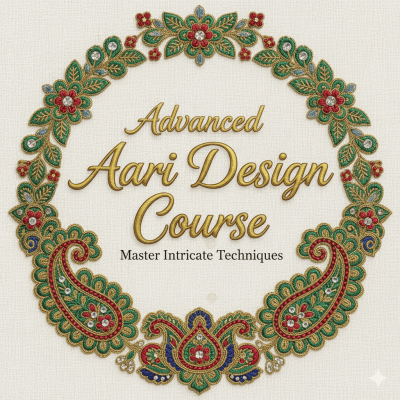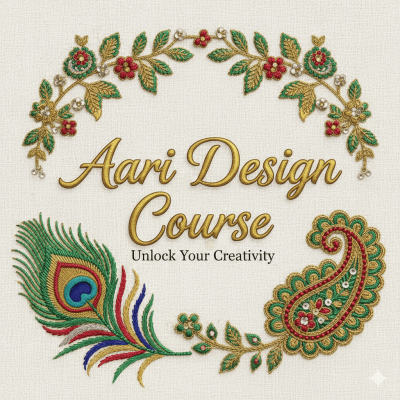Basic Aari Design


Basic Aari Design
Course includes:
-
Lessons:25
-
Students:1
-
Certifications:Yes
-
Language:English
our courses
Our Most Popular Courses

Hair stylling Master Class
The Hair Styling Master Class is a comprehensive program designed to equip students with advanced sk...
View More

Make-up Master Class
The Make-up Master Class is a comprehensive journey into the art and science of professional makeup,...
View More

Hair Dressing
Hair Dressing is the art and science of styling, cutting, and caring for hair to enhance personal ap...
View More

Beauty Therapy
Beauty Therapy is the professional practice of enhancing physical appearance and promoting overall w...
View More

Beauty Courses
Beauty is the art and science of enhancing appearance through skincare, hair care, makeup, and overa...
View More

Advance Aari Designing
✨ Introduction to Aari Embroidery Aari design is a sophisticated hand embroidery technique that or...
View More

Basic Aari Design
Aari design is a traditional form of intricate hand embroidery that originated in the Indian subcont...
View More

Maxi Design
Maxi design refers to long, flowing garments that usually extend to the ankles or floor. The maxi dr...
View More

Tailoring Field
Tailoring is the art and craft of designing, cutting, fitting, and finishing garments to suit indivi...
View More

Online Python & Django Full-Stack Development Course
Learn to build powerful, production-ready web applications from scratch—front-end to back-end—using...
View More

Comprehensive Python Programming Course
Who This Course Is For · Absolute beginners who want to start a career in software or data...
View More

Front-End Web Development
Who This Course Is For· Absolute beginners seeking a career in web development· Designers...
View More

Salwar and Kurthi Designing
Kurti and Salwar Kameez are traditional and widely worn garments in South Asia, especially in countr...
View More

Blouse Designing
"A blouse is a versatile and essential garment in women's fashion, typically worn on the upper body....
View More

Kidswear Designing
Kids' wear refers to clothing designed specifically for children, typically ranging from newborns to...
View More

Nail Preparation
The Nail Preparation module is an essential part of the beautician curriculum, focusing on the found...


0 Reviews, Basic Aari Design